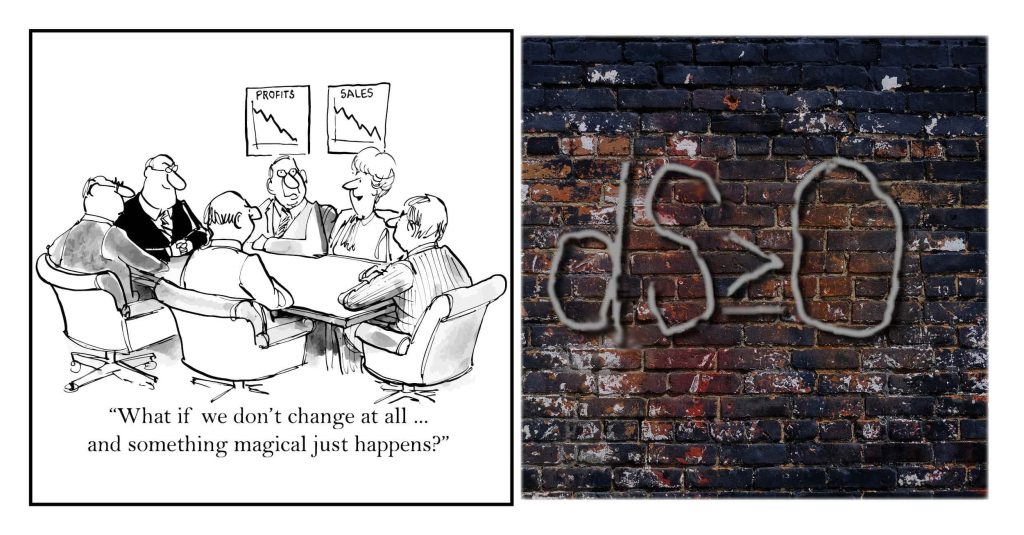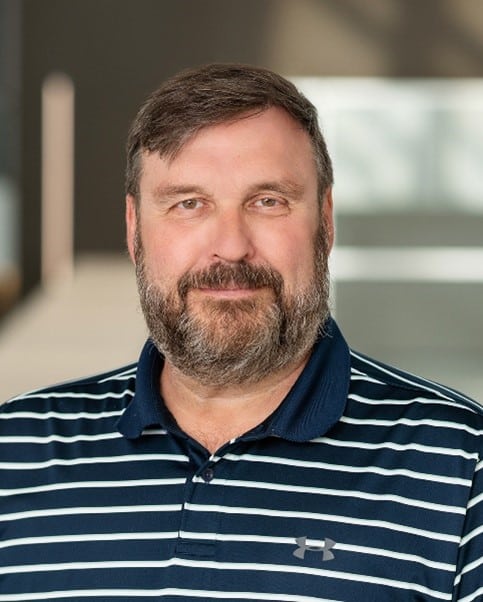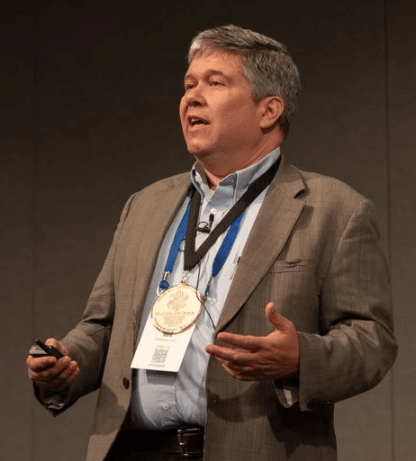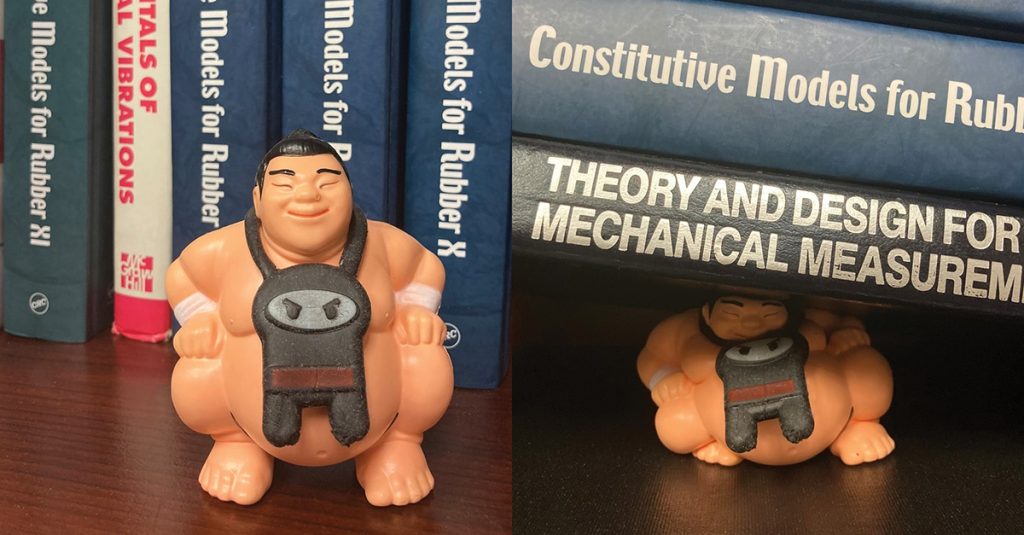Our transition to a new software architecture is a vital move in navigating the dynamic technological landscape. In a recent webinar, we discussed the aspects... Continue reading
- We Offer
Elastomer Durability Analysis Solutions
Discover the Science Behind Elastomer Fatigue
Take your designs to the next level with models tailored specifically for rubber materials.
- Industry Solutions
- Resources
- About
- Contact
The topic of whether to use a crack growth method or a continuum damage method for product fatigue and durability assessment has long been debated.... Continue reading
Design optimization studies are driving a need to support the efficient management and execution of many jobs. This is why we are announcing that Endurica’s... Continue reading
Crystallization requires the suppression of molecular mobility, which in natural rubber can happen either by reducing the temperature or by increasing the strain. Crystallization of... Continue reading
“We have always done it this way.” No longer simply a hated phrase, this statement is a warning of impending disaster. Entropy – the disorder... Continue reading
Hello everyone. I am really excited to be writing this as the newest member to Team Endurica! I am really enjoying my on-boarding with Will... Continue reading
Expanded our team! We welcomed 35-year Goodyear veteran Tom Ebbott to our team as Vice President, and at one point we had 3 interns working... Continue reading
William V. Mars, Ph.D., P.E. 2022 Harold Herzlich Award Winner Acceptance Speech at ITEC 2022, Akron, Ohio on 15 September 2022 Three key takeaways from... Continue reading
2 Minute Read | 400 Words I ran a marketing consulting business for 30 years before joining Endurica and tried to save clients from learning... Continue reading
In fatigue testing, R is the ratio of the minimum to the maximum occurring during one period of a cycle. If the mean value... Continue reading
Showing 11–20 of 51 posts
Recent Posts
- Multi-Year Maintenance & Support Bundles for Perpetual License Holders
- Engineering Failure Analysis — published in affiliation with European Structural Integrity Society
- Taming the Tarmac: Simulating Tire Durability on the Nürburgring
- Rubber Fatigue ≠ Metal Fatigue Part 3: Thermal Effects
- 4-in-1: Community Conference
Categories
No comments to show.
© 2025 Copyright Endurica LLC
Website Designer iGo Sales and Marketing, Inc.







